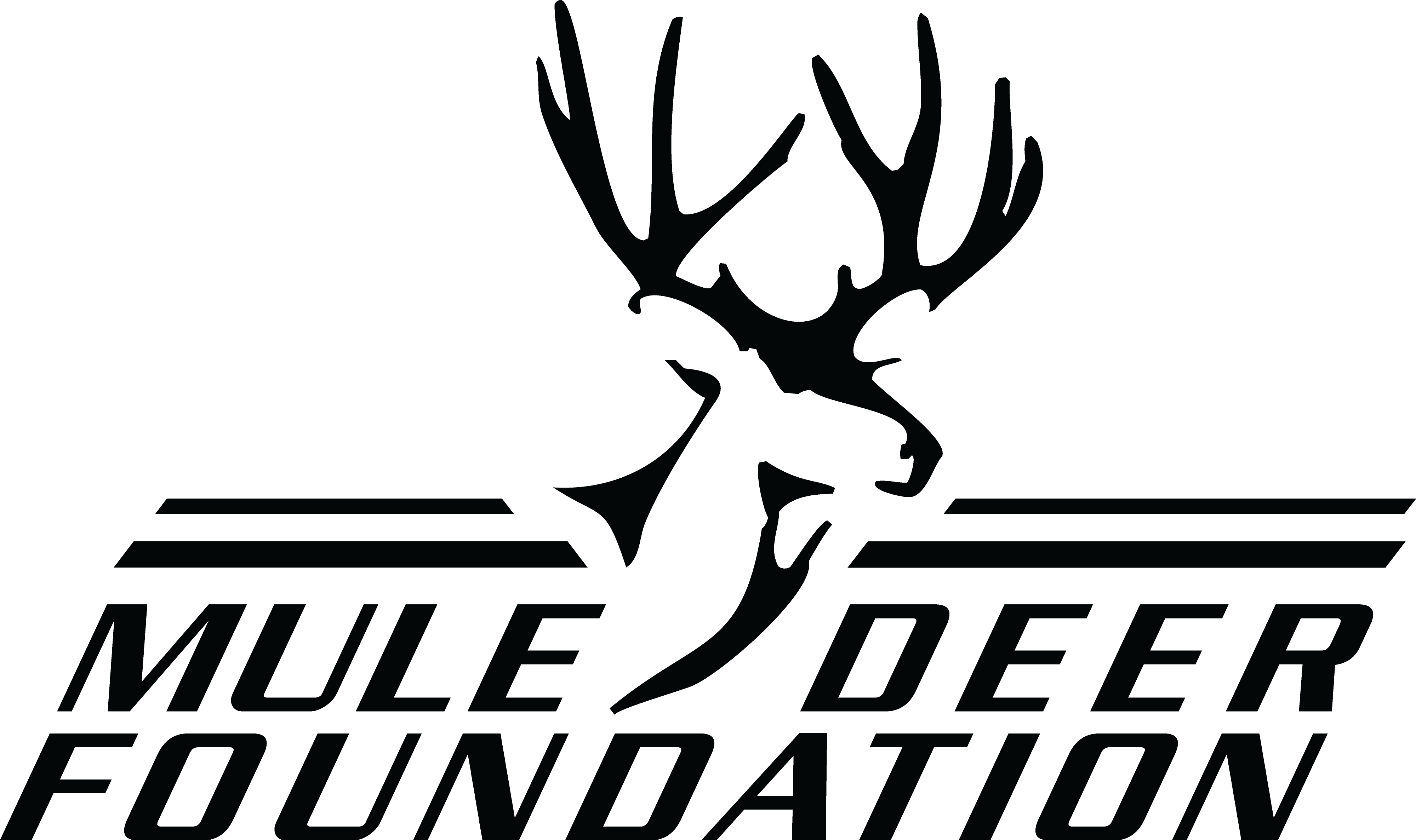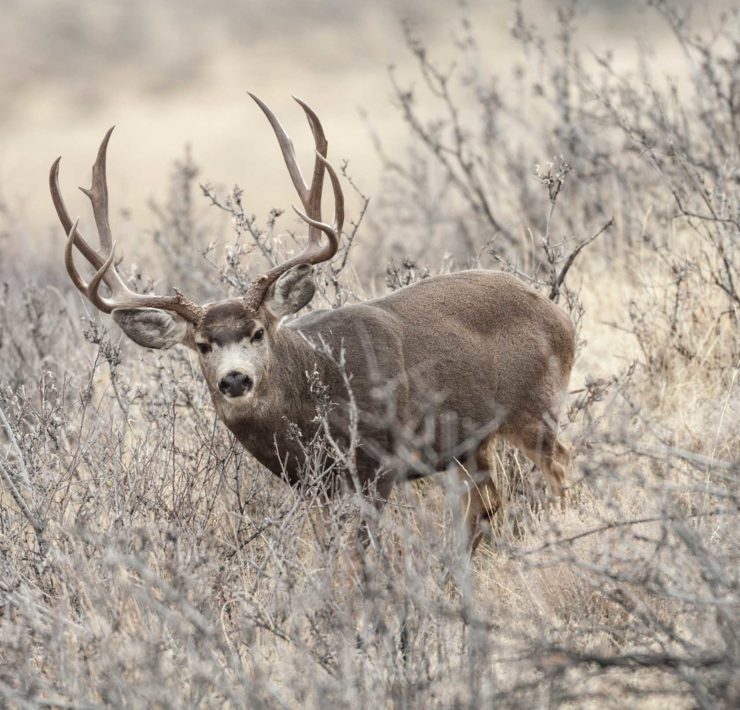On Location: The Crossroads Project Part 1
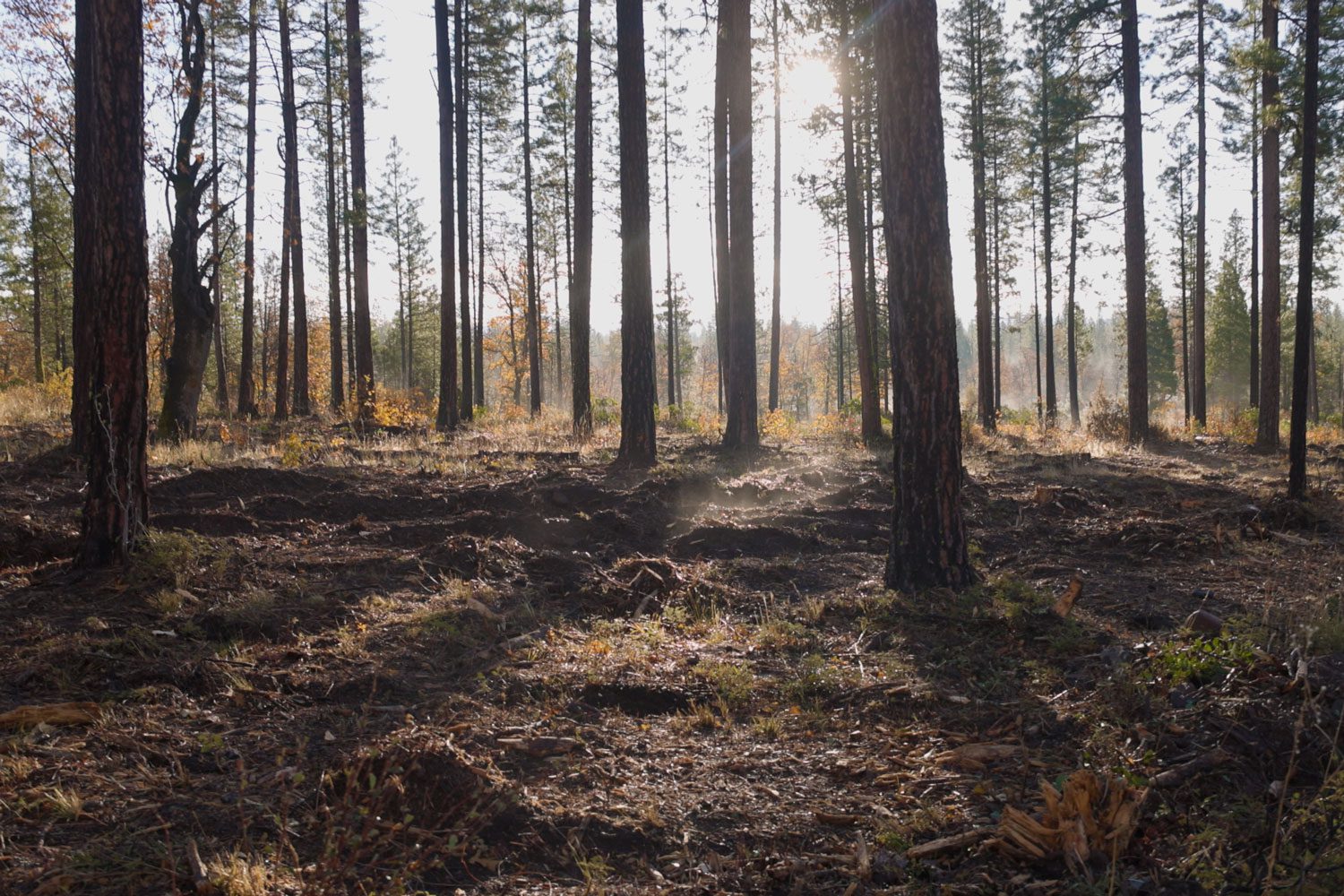
Cutting Trees to Save Forests and Communities
By: Nicole Reed-Fickel
Everyone can agree that we want healthy forests. Not only do thriving forests better resist catastrophic wildfires, but they also provide better habitat for wildlife like mule deer. But what does it take to rehabilitate an unhealthy forest? Spoiler: it’s probably not what you expect.
The Crossroads Project in Northern California provides a real-world example of modern forest restoration in action. The U.S. Department of Agriculture (USDA), Forest Service is partnering with the Mule Deer Foundation (MDF) and local land management contractors to restore over 2,400 acres of national forest. This effort protects nearby communities, improves wildlife habitat, supports local economies, and creates forests that are more resilient to fire.
Why are forests unhealthy?
Historically, the forests of the Western United States looked very different than the dense, overgrown landscapes we see today.
“What folks have been looking at for the last 50 years, in a general sense, are not healthy forests,” explains Randy Morrison, the director of conservation operations for the Mule Deer Foundation and one of the key people responsible for implementing the Crossroads Project in the Lassen National Forest. “Our generation has gotten used to forests that are way overgrown. We have photographic evidence from the late 1800s, early 1900s where our trees per acre were substantially less than they are now.”
Lejon Hamann, Forest Service Ranger for the Hat Creek District, which includes the Lassen National Forest, agrees: “A healthy forest has spacing between trees. They’re not packed in. Each individual tree has the space it needs to get the nutrition out of the ground, the sunlight out of the sky, and the water that it needs to grow.”
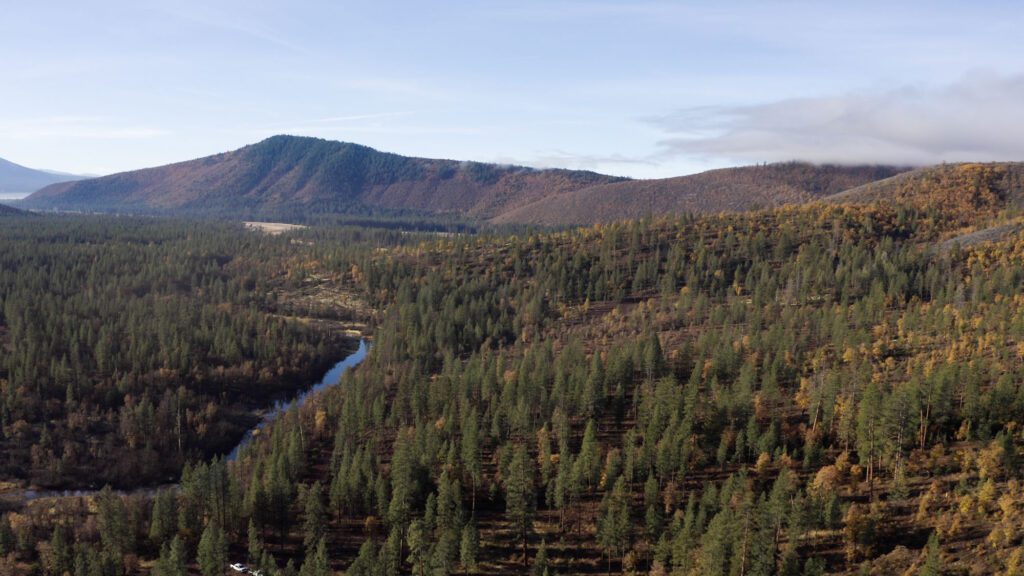
Today, western forests are often choked. The understory—the layer of vegetation on the forest floor—is thick with brush, downed trees, and dense foliage. The overstory, composed of tightly packed mature trees, competes for resources, leaving forests more vulnerable to disease, insects, and drought. This overcrowding also fuels the megafires that have become increasingly common. Fires in dense forests with heavy undergrowth spread rapidly and burn with extreme intensity.
“We’re seeing an explosion of fires larger than the state of California has ever experienced,” says Ranger Hamann. “The August Complex burned a million acres. The Dixie Fire burned upwards of 900,000 acres. These are megafires. The fuels buildup and management practices like fire suppression have caused some of that.”
Fighting Fire with Fire
Ironically, the wildfire problem is partly caused by the absence of fire itself. Small, moderate wildfires were once natural and beneficial, clearing undergrowth and renewing the landscape. Around the early 20th century, fire was viewed as a threat. Early forest managers didn’t yet understand the crucial role that fires play in western forest ecosystems. Suppressing the frequent natural fire cycles that maintained forests has allowed dense brush and secondary growth to accumulate, weakening forest health.
“Historically, these landscapes burned about every 35 to 50 years,” Zach Craft, habitat project coordinator for MDF in California, explains. “Fire suppression has allowed for a lot more of this secondary growth—these shorter shrubs and trees—to come in, and it’s negatively impacting the overall forest health”
Randy Morrison adds, “Fire was very common. [It] came through very frequently, didn’t burn very hot, and burned the understory but left the mature trees standing.”
“There’s good fire and bad fire,” District Ranger Hamann explains. “A bad fire is one that’s out of control. It’s moving through stands, using those [understory] ladder fuels to climb up to the crowns of the trees. Once that fire makes it into the canopy, it has the potential of becoming a large wildfire that is not easily contained.”
The Reality of Forest Restoration
So how do we restore forests today? The common image of planting saplings in a forest of trees is misleading. The current direction for many western forests is to remove brush and trees, not plant more. Modern forest restoration may look more like industrial-scale logging—but with an ecological purpose.
Without natural, small-scale fires, we need mechanical methods to remove ladder fuels that could carry flames into tree canopies. With the help of skilled contractors, the first step is mechanical thinning. Operators drive crane-like machinery through the forest, selectively removing small, diseased, or overcrowded trees to restore tree spacing.
Next comes the masticator, an excavator-like machine with a cutting and grinding attachment. Masticators can shred dense brush and small trees into fine mulch in minutes.
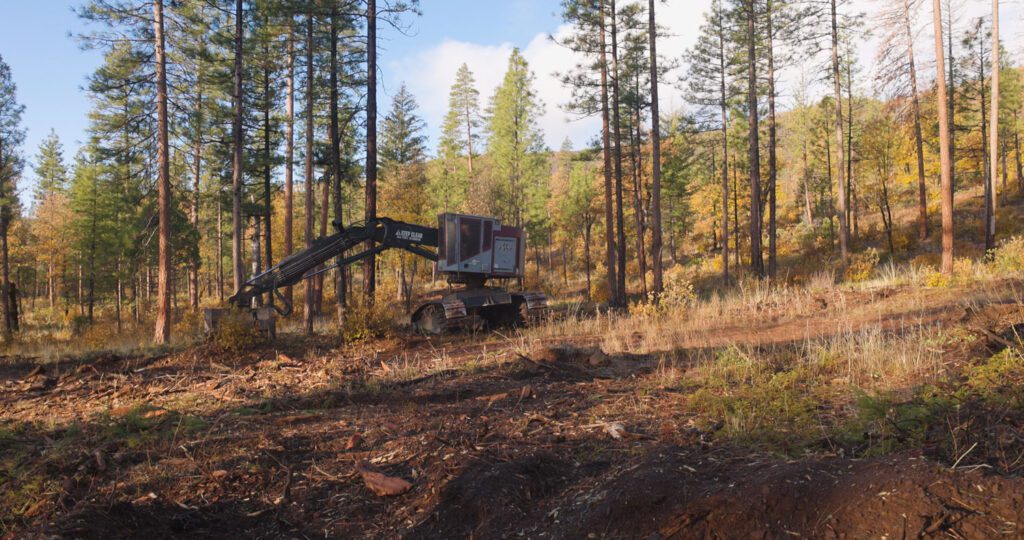
“Those masticators, what they really do is simulate the effects of a wildfire,” explains Zach Craft. “[They] grind up all these little, tiny trees and get rid of those ladder fuels.”
Noise, heavy machinery, and the removal of brush and trees can make a site look chaotic. “Right after a project, it’s not very pretty,” says Morrison. “But in the long term, the sun can reach the ground. Grasses and forbs will be stimulated, sprout and grow. It changes quickly after [treatment], and it will look very different in one or two years.”
Clay Brock, a contractor with Thompson Land Management sees immediate wildlife benefits. “This spring there are going to be grasses growing up,” he says. “It’s going to create a lot of good nutrition for deer.”
In the end, forest restoration isn’t just about saving trees. It’s about rebuilding ecosystems, protecting communities, and creating landscapes where wildlife like mule deer can thrive for generations.
Learn how The Crossroads Project engages local partnerships in Part 2 next Tuesday! Support these efforts and become a Mule Deer Foundation member! Subscribe to the Mule Deer Foundation Media YouTube Channel and get notifications on the Crossroads Project video series release!


